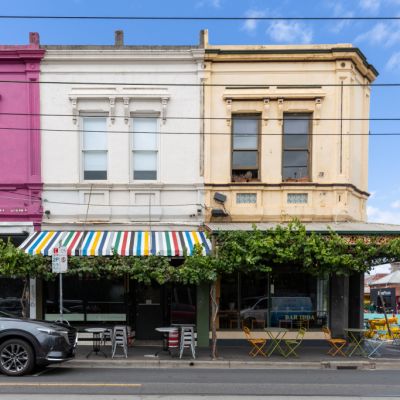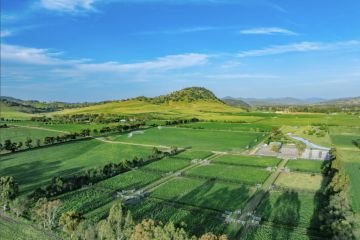What you need to know before investing in a winery
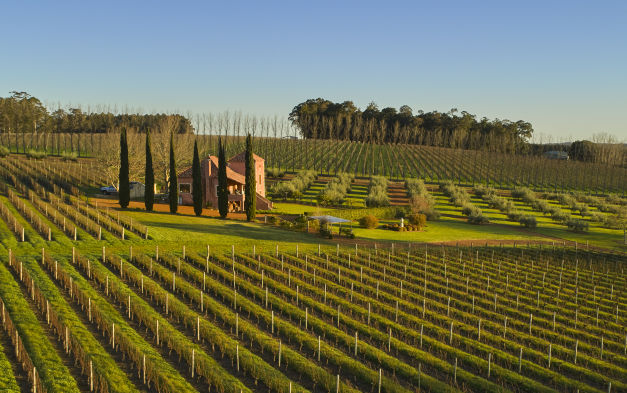
A boutique winery in the Margaret River region, with two large homes and an olive grove.
A historic homestead just outside Launceston set in green rolling hills garlanded with vines.
A gorgeous winery and cellar door specialising in hearty reds by the Murray River.
What’s not to love about the idea of investing in a winery, either buying your own in some magical spot of a well-known wine region or taking a stake in a vineyard fund?
“It depends on what you want out of it,” says Gerald Feickert of winery and vineyard brokers Feickert & Co.
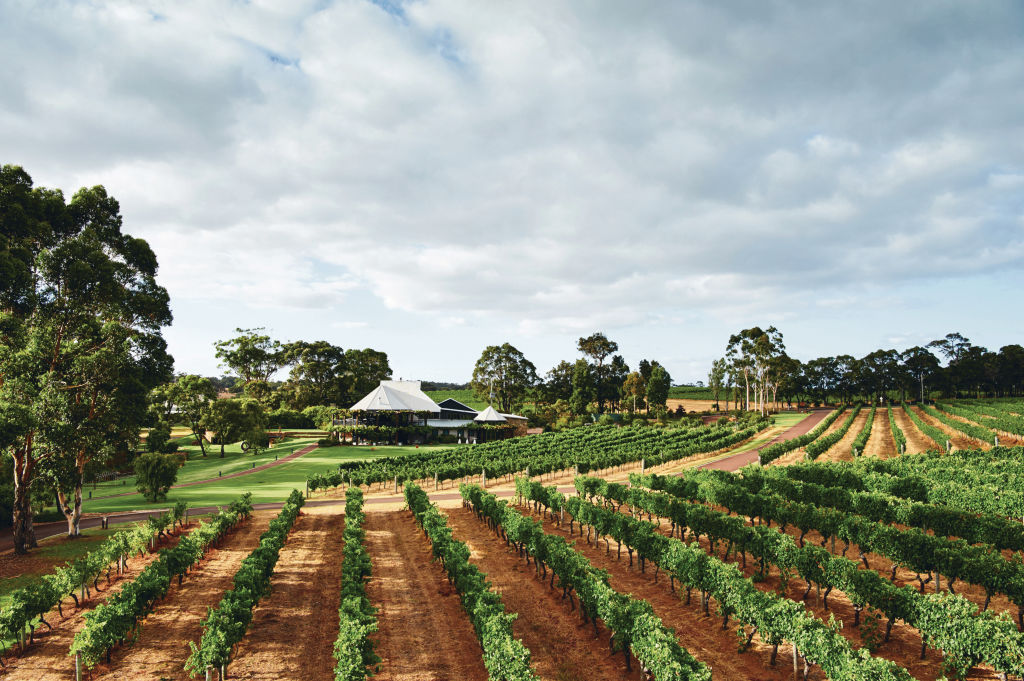
“If you want a massive financial return, then it’s probably not such a good idea.
“But we’re getting so many inquiries at the moment from people who like wine, can work from home, want to get out of the city because of COVID-19, and want to combine a lifestyle with an income. That can be fantastic. And the wine industry is changing with real opportunities for entrepreneurs who understand digital marketing and can bypass the big retailers and build their own brands and following.”
It’s important to invest well, though, either in, or just outside, Australia’s best-known wine regions, like Western Australia’s Margaret River, South Australia’s Riverland or Barossa Valley, NSW’s Hunter Valley or Central Ranges, Victoria’s Yarra Valley or Rutherglen.
“You need to be on a major wine route to attract tourists and have a cellar door where you can sign people up,” Feickert says.
Critically, this kind of business should never be done after a few glasses of some delicious varietal you’re offered on a site visit, either.
You need a clear head to examine the books and prospects of an established winery or the costs of setting one up.
There’s also a horticulturist and a winemaker to hire, or the price of good advice.
“If you know what you’re doing, it can be quite a profitable business,” says agent Brian Moulton of Acton South West Busselton, in Western Australia’s south-west.
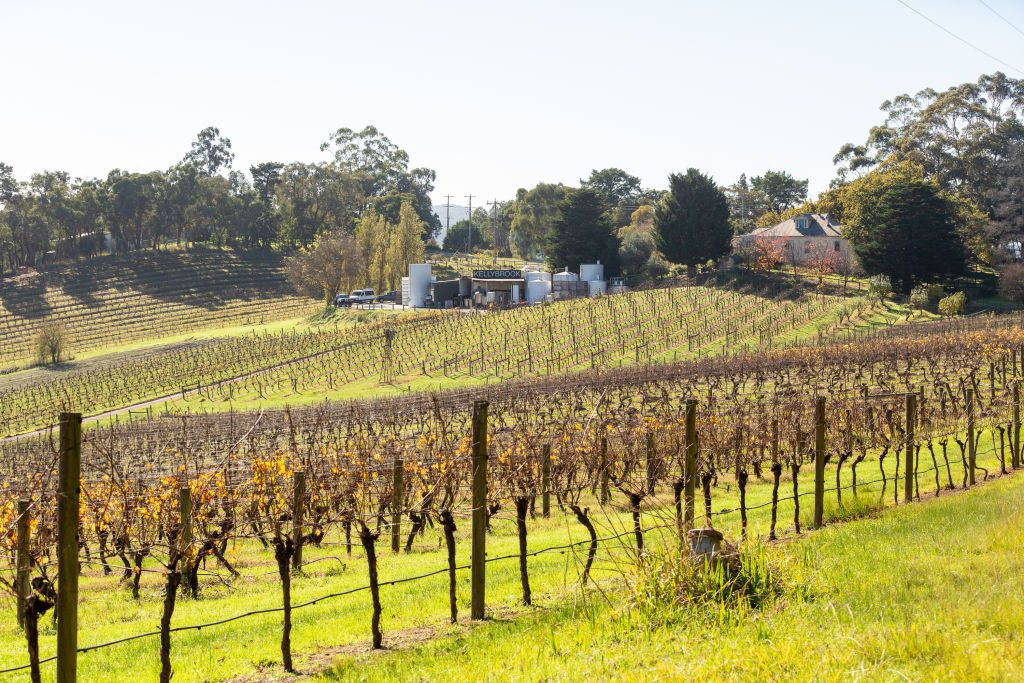
“But if you’re a doctor or dentist investing in a winery with little knowledge of growing fruit, making quality wine and selling in good markets, you mightn’t have such a good cash flow.”
Of course, it’s terribly tempting to invest in something you love, and what could be more dashing than for a wine connoisseur at a dinner party to produce a few bottles of their own latest vintage? (Unless it’s not good.)
Yet the time could soon be ripe for buying as well, with a few more vineyards likely to hit the market as the $1.2 billion from the loss of Chinese export markets bites and possibly a domestic over-supply kicks in from this year’s record crop of 2.03 million tonnes, 31 per cent up on last year.
“If you have wealth from other sources, it’s good to invest in an existing brand and build it up and not have to worry about making a short-term return,” says Tony Battaglene, the CEO of Australian Grape & Wine Inc.
“But in the long term, we’re an industry with a good reputation, great supply and well-regarded around the world.”
We recommend
States
Capital Cities
Capital Cities - Rentals
Popular Areas
Allhomes
More

